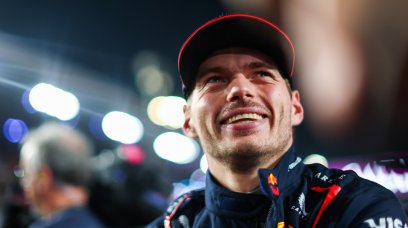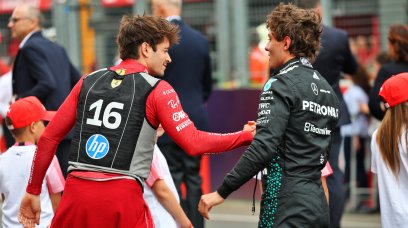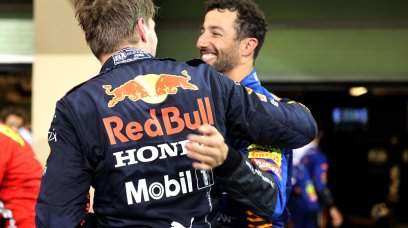The FIA has taken the decision to tackle the safety concern that is porpoising, following complaints from multiple drivers in during the Azerbaijan Grand Prix weekend. In the short term, the FIA are looking to control the problem with a Technical Directive (TD) but have vowed to work with teams to find a more long-term solution. The sport's governing body has stepped in after deciding that the oscillations endured by drivers in Baku risked their safety with bouncing cars being deemed too dangerous to drive at those speeds. But the FIA's short-term plan has been met with scepticism by some in the paddock and the main solution outlined by the FIA - simply raising the ride height of the cars - is far from popular amongst Technical Directors. While that solution may be an easy one to apply to the cars, many engineers in the paddock have told RacingNews365.com that it is not all that effective while proving disastrous for car performance.
F1 teams warn more systematic approach is needed
Multiple F1 teams are disappointed with the FIA's short-term plan as adjusting the ride height does not, they say, create enough clearance under the car to reduce the bouncing significantly enough. They say that, even when applying the changes demanded by the FIA, their cars will still bounce. The problem that is porpoising stems from the way in which the air currents flow under the floor, which varies from car to car. Each F1 car has its own characteristics, depending on the design of the floor. For most engineers, a systematic solution is needed in which the development of this season's ground effect is analysed far more thoroughly. Lewis Hamilton has welcomed intervention from the FIA while Max Verstappen has opposed it, arguing that the FIA should not change rules midway through a season. While safety will always come first, the majority of Formula 1 technicians will undoubtedly side with Verstappen. Their cars have been designed to generate as much downforce as possible, all while running as close to the ground as possible. But Hamilton does agree with Verstappen in that lifting the ride height of the cars is not a solution and more discussions are needed.
What have the teams done to combat bouncing for the Canadian Grand Prix?
Ferrari have taken the decision to adjust their floor and diffusers in view of the FIA's new measures, and the possible adjustment of the ride height. As a result, the air flows will run differently, so that more focus is placed on preventing porpoising. This goes along with adjusting the ride height.
What have the teams done after their bouncy weekend in Azerbaijan?
Mercedes will also have to adjust the ride height of the W13. However, due to the shape of their narrow sidepods - noticeably different from the competitors - a ride height adjustment is not enough. As a result, the floor on both Lewis Hamilton's car and George Russell's car has been modified heavily. In addition, Mercedes have added an extra stay that links the top of the floor with the chassis, as was suggested in the FIA's Technical Directive, so that the floor on the W13 bends less severely.
Most read








